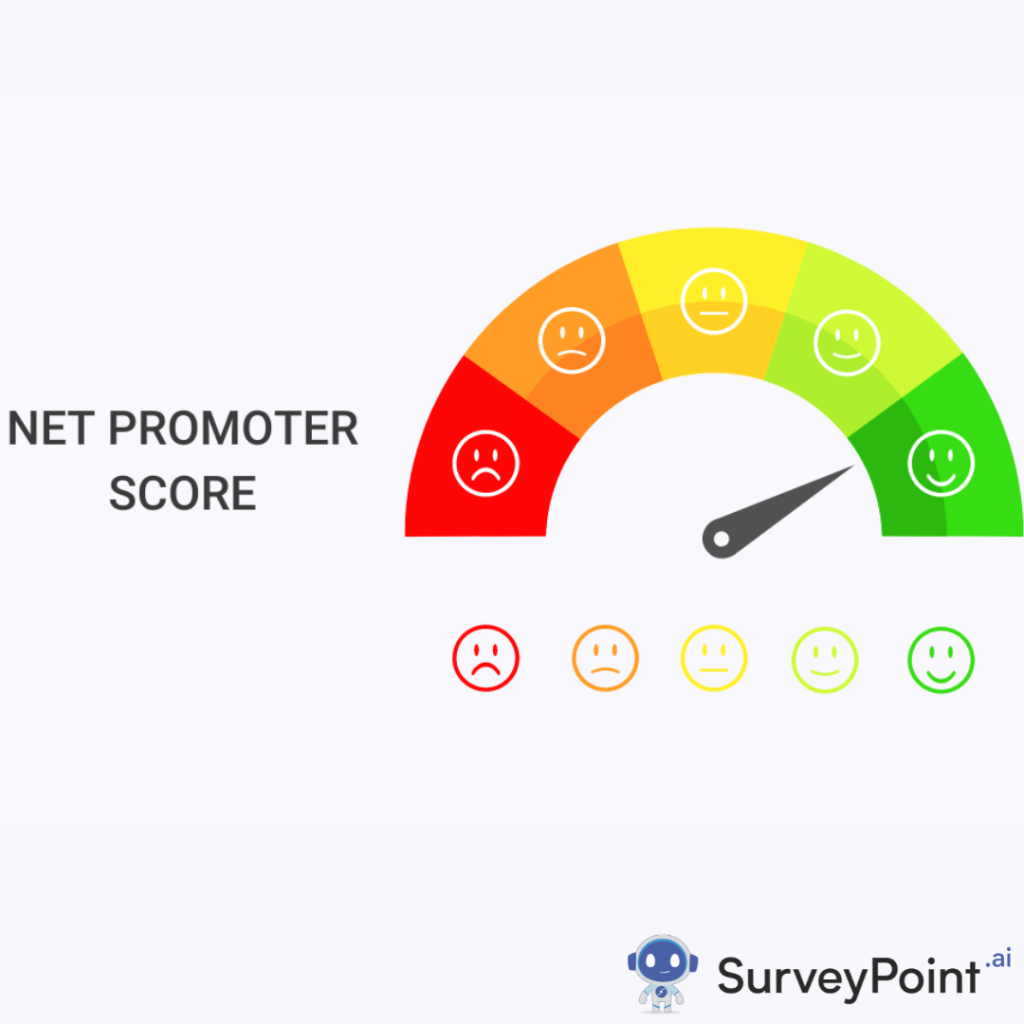
In today’s fast-paced, competitive business landscape, customer experience tools (CX) have become the linchpin of success. Delivering a seamless, personalized experience is no longer optional—it’s essential for maintaining customer loyalty and driving business growth. A positive customer experience encourages repeat purchases, builds brand loyalty, and boosts referrals, while a negative experience can drive customers away.
According to research, 86% of buyers are willing to pay more for better customer experiences, and companies that prioritize CX can achieve revenue growth rates of up to 8% higher than competitors. Given the growing importance of customer experience, businesses need to adopt effective tools that help manage and optimize every interaction.
This blog will dive deep into Customer Experience Tools—what they are, how they work, and how businesses can leverage them to improve customer satisfaction and ultimately drive business success.
Importance of Customer Experience (CX)
The Role of CX in Business Success
Customer experience directly impacts the growth, profitability, and overall health of a business. A superior customer experience leads to increased customer retention, positive word-of-mouth marketing, and greater customer loyalty. Conversely, poor customer experience can result in churn, negative reviews, and a damaged reputation.
A study by PwC found that 1 in 3 consumers will abandon a brand after just one bad experience, while 92% would stop doing business with a company after two or three negative interactions. This demonstrates the high stakes involved in managing customer experiences.
Meeting Evolving Customer Expectations
Customers today expect fast, personalized, and consistent service across all touchpoints—whether they’re engaging via social media, live chat, email, or phone. As expectations rise, businesses must meet these demands by leveraging CX tools that help streamline communication, automate processes, and provide insightful data.
Types of Customer Experience Tools
To manage and enhance the customer journey, businesses must choose from a wide range of tools, each designed to optimize different aspects of the experience. Below, we explore the key types of CX tools that are essential for today’s businesses.
Customer Feedback Tools
Customer feedback is the backbone of improving experiences. Customer feedback tools enable businesses to gather real-time data, analyze customer sentiments, and respond to concerns quickly.
Surveys and Feedback Collection
Surveys and questionnaires remain among the most effective methods of gathering customer insights. Tools such as SurveyMonkey, Qualtrics, and Google Forms allow businesses to create custom surveys, analyze responses, and generate actionable insights.
Net Promoter Score (NPS)
The Net Promoter Score (NPS) is a powerful metric for measuring customer loyalty and satisfaction. NPS tools like Delighted and Promoter.io provide an easy way to track how likely customers are to recommend your brand and to identify areas that need improvement.
Customer Relationship Management (CRM) Systems
Customer Relationship Management (CRM) systems centralize all customer interactions and data, allowing businesses to manage relationships more effectively. CRM tools help businesses deliver personalized communication, streamline marketing efforts, and track sales pipelines.
Leading CRM Tools
- Salesforce: A comprehensive CRM platform offering solutions for managing sales, customer service, and marketing.
- HubSpot: Known for its user-friendly interface, HubSpot provides a range of CRM features, including lead management, marketing automation, and customer segmentation.
CRMs allow businesses to store all customer information in one place, helping teams provide more personalized and timely responses based on customer history and preferences.
Live Chat and Chatbot Solutions
Offering real-time customer support is crucial in today’s on-demand world. Live chat tools and AI-powered chatbots allow businesses to provide instant assistance, reduce wait times, and improve customer satisfaction.
Live Chat Tools
Tools like Intercom and Zendesk Chat enable businesses to communicate with customers in real time. These platforms also allow teams to track customer queries, helping them improve future interactions.
Chatbots
AI-driven chatbots, such as Drift and ManyChat, can handle basic customer inquiries 24/7. By automating common support tasks, businesses can free up human agents to handle more complex issues while still offering quick responses to customers.
Customer Journey Mapping Tools
Understanding the customer journey is critical to optimizing each touchpoint. Customer journey mapping tools help visualize the full experience customers go through, from the initial contact with your brand to post-purchase engagement.
Tools for Journey Mapping
- Smaply: A customer journey mapping tool that enables businesses to create, analyze, and visualize detailed customer journeys.
- Lucidchart: This diagramming tool allows businesses to build customer journey maps, making it easier to spot bottlenecks and areas for improvement.
Journey mapping ensures that businesses can deliver a consistent experience across all channels and address pain points before they escalate.
Social Media Management Tools
With social media becoming a key platform for customer engagement, social media management tools are essential for businesses to monitor interactions, respond to queries, and maintain a strong online presence.
Social Media Monitoring and Engagement
Platforms like Hootsuite and Sprout Social allow businesses to manage multiple social media accounts from one dashboard, schedule posts, track audience engagement, and respond to customer feedback in real time.
Social Listening Tools
Social listening tools such as Brandwatch and Mention provide insights into how customers feel about your brand. These tools analyze customer sentiment across social platforms, helping businesses understand public perceptions and adjust their messaging accordingly.
Selecting the Right Customer Experience Tools
Aligning Tools with Business Goals
Before selecting a CX tool, businesses must first determine their primary objectives. Are you looking to improve feedback collection, streamline customer support, or increase personalization? Identifying your specific needs will help you choose the right tool.
Cost and Budget Considerations
While some customer experience tools can be expensive, many affordable solutions deliver strong results. It’s important to assess the potential return on investment (ROI) each tool can offer, balancing features and cost.
Seamless Integration
Ensure that the CX tools you choose integrate well with existing platforms, such as your CRM or marketing automation software. A tool that doesn’t integrate can create data silos, making it difficult to create a unified customer experience.
Best Practices for Implementing Customer Experience Tools
Train Your Teams
Adopting new customer experience tools requires proper training and onboarding. Teams need to be well-versed in how to use these tools effectively. Businesses should offer comprehensive training sessions to ensure staff can maximize the tool’s benefits.
Monitor and Improve
Customer experience is an ongoing process, and businesses should continuously monitor their performance and adjust their tools accordingly. Regularly track KPIs such as customer satisfaction, response times, and retention rates to assess the effectiveness of your CX strategy.
Solicit and Act on Feedback
Encourage customers to provide feedback, both positive and negative, and act on it. A feedback loop helps businesses constantly refine their processes and make improvements that directly enhance the customer experience.
Conclusion: Unlocking the Full Potential of Customer Experience Tools
Customer experience tools are no longer a luxury but a necessity for businesses seeking to stay competitive in today’s market. From gathering actionable feedback to delivering personalized, real-time support, these tools enable businesses to optimize every aspect of the customer journey.
By strategically implementing the right combination of CX tools—whether CRM systems, feedback platforms, or live chat solutions—businesses can improve customer satisfaction, boost loyalty, and drive long-term growth. Moreover, businesses that continue to adapt and invest in the latest customer experience technologies will remain well-positioned to meet the evolving demands of their customers.
The future of CX will increasingly rely on AI, predictive analytics, and omnichannel experiences, creating even more opportunities for businesses to enhance customer interactions. Now is the time to assess your customer experience strategy and invest in the tools that will help your business thrive in an increasingly customer-centric world.




